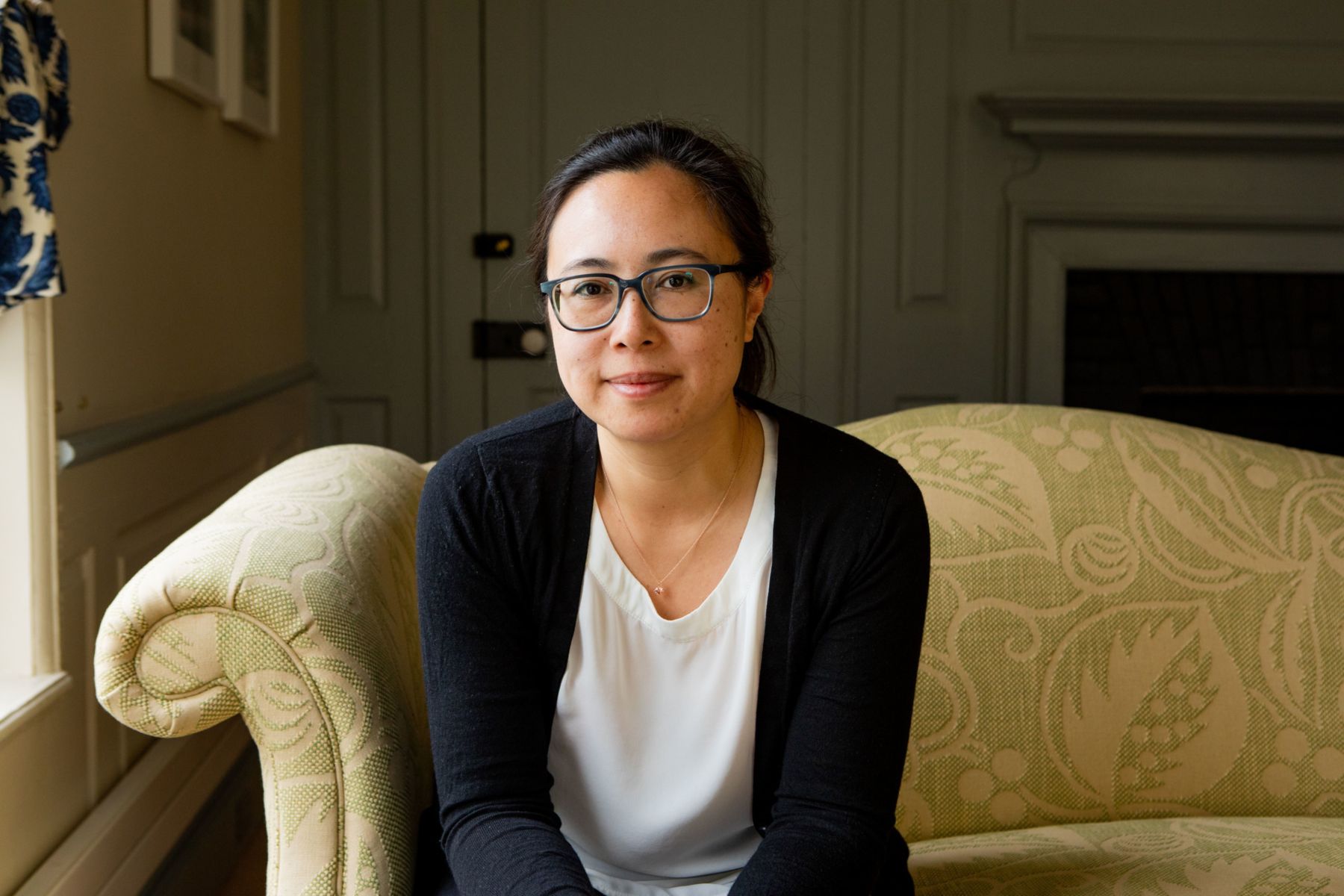Nathalie de Leon: New Platforms for Quantum Sensing and Quantum Computing

"New Platforms for Quantum Sensing and Quantum Computing"
Nathalie P. de Leon
Department of Electrical and Computer Engineering
Princeton University
Abstract:
The nitrogen vacancy (NV) center in diamond exhibits spin-dependent fluorescence and long spin coherence times under ambient conditions, enabling applications in quantum information processing and sensing. NV centers near the surface can have strong interactions with external materials and spins, enabling new forms of nanoscale spectroscopy. However, NV spin coherence degrades within 100 nanometers of the surface, suggesting that diamond surfaces are plagued with ubiquitous defects. I will describe our recent efforts to correlate direct materials characterization with single spin measurements to devise methods to stabilize highly coherent NV centers within nanometers of the surface. We deploy these coherent shallow NV centers for a new nanoscale sensing technique, whereby we use covariance measurements of two or more NV centers to measure two-point magnetic field correlators. Our approach for correlating surface spectroscopy techniques with single qubit measurements to realize directed improvements is generally applicable to many systems. Separately, I will describe our recent efforts to tackle noise and microwave losses in superconducting qubits. Building large, useful quantum systems based on transmon qubits will require significant improvements in qubit relaxation and coherence times, which are orders of magnitude shorter than limits imposed by bulk properties of the constituent materials. This indicates that loss likely originates from uncontrolled surfaces, interfaces, and contaminants. Previous efforts to improve qubit lifetimes have focused primarily on designs that minimize contributions from surfaces. However, significant improvements in the lifetime of planar transmon qubits have remained elusive for several years. We have recently fabricated planar transmon qubits that have both lifetimes and coherence times exceeding 0.3 milliseconds by replacing niobium with tantalum in the device. Following this discovery, we have parametrized the remaining sources of loss in state-of-the-art devices using systematic measurements of the dependence of loss on temperature, power, and geometry. This parametrization, complemented by direct materials characterization, allows for rational, directed improvement of superconducting qubits.